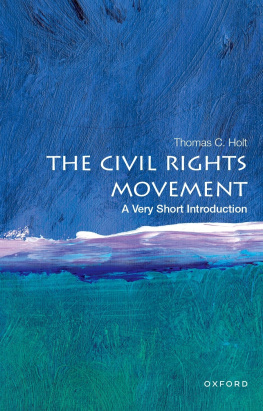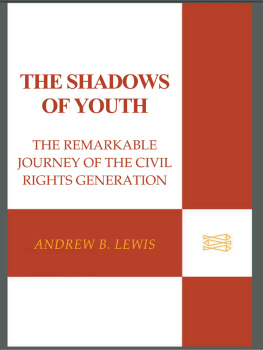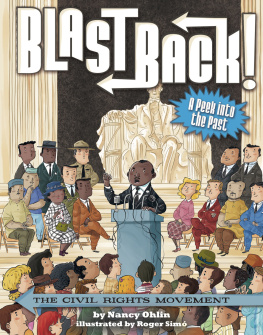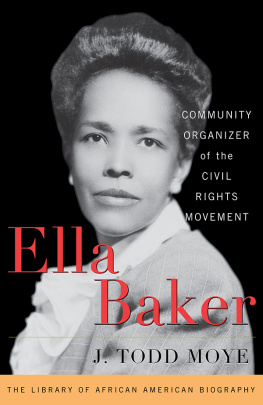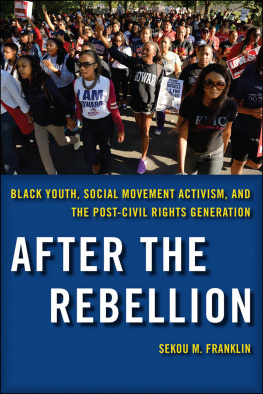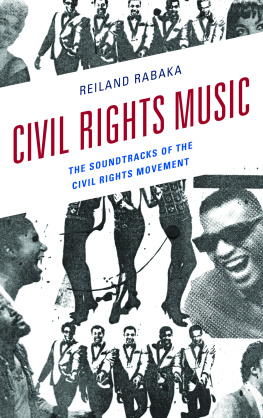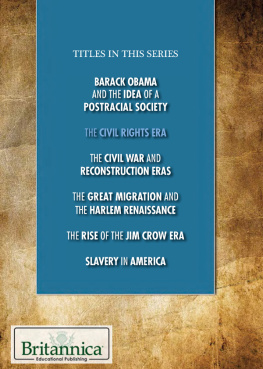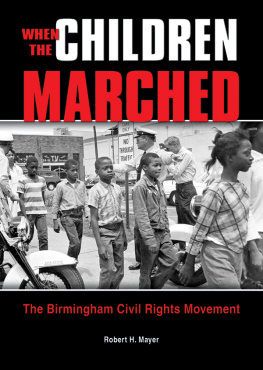Eben Miller - Born along the Color Line: The 1933 Amenia Conference and the Rise of a National Civil Rights Movement
Here you can read online Eben Miller - Born along the Color Line: The 1933 Amenia Conference and the Rise of a National Civil Rights Movement full text of the book (entire story) in english for free. Download pdf and epub, get meaning, cover and reviews about this ebook. year: 2012, publisher: Oxford University Press, genre: Detective and thriller. Description of the work, (preface) as well as reviews are available. Best literature library LitArk.com created for fans of good reading and offers a wide selection of genres:
Romance novel
Science fiction
Adventure
Detective
Science
History
Home and family
Prose
Art
Politics
Computer
Non-fiction
Religion
Business
Children
Humor
Choose a favorite category and find really read worthwhile books. Enjoy immersion in the world of imagination, feel the emotions of the characters or learn something new for yourself, make an fascinating discovery.

- Book:Born along the Color Line: The 1933 Amenia Conference and the Rise of a National Civil Rights Movement
- Author:
- Publisher:Oxford University Press
- Genre:
- Year:2012
- Rating:4 / 5
- Favourites:Add to favourites
- Your mark:
Born along the Color Line: The 1933 Amenia Conference and the Rise of a National Civil Rights Movement: summary, description and annotation
We offer to read an annotation, description, summary or preface (depends on what the author of the book "Born along the Color Line: The 1933 Amenia Conference and the Rise of a National Civil Rights Movement" wrote himself). If you haven't found the necessary information about the book — write in the comments, we will try to find it.
With elegant writing and piercing insight, historian Eben Miller narrates how this little-known conference brought together a remarkable young group of African American activists, capturing through the lives of five extraordinary participants--youth activist Juanita Jackson, diplomat Ralph Bunche, economist Abram Harris, lawyer Louis Redding, and Harlem organizer Moran Weston--how this generation shaped the ongoing movement for civil rights during the Depression, World War II, and beyond. Miller describes how Jackson, Bunche, Harris, and the others felt that, amidst the global crisis of the 1930s, it was urgent to move beyond the NAACPs legal and political focus to build an economic movement that reached across the racial divide to challenge the capitalist system that had collapsed so devastatingly. They advocated alliances with labor groups, agitated for equal education, and campaigned for anti-lynching legislation and open access to the ballot and employment--spreading their influential ideas through their writings and by mass organizing in African American communities across the country, North and South. In their arguments and individual awakenings, they formed a key bridge between the turn-of-the-century Talented Tenth and the postwar civil rights generation, broadening and advancing the fight for racial equality through the darkest economic times the country has ever faced.
In Born along the Color Line, Miller vividly captures the emergence of a forgotten generation of African American leaders, a generation that made Brown v. Board of Education and all that followed from it possible. It is an illuminating portrait of the long civil rights movement, not the movement that began in the 1950s, but the one that took on new life at Amenia in 1933
Eben Miller: author's other books
Who wrote Born along the Color Line: The 1933 Amenia Conference and the Rise of a National Civil Rights Movement? Find out the surname, the name of the author of the book and a list of all author's works by series.

